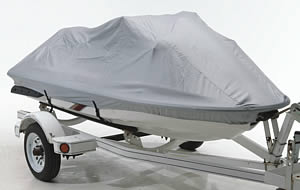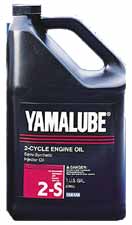Winterizing PWCs and WaveRunners
 Before the weather gets too cold, it’s a good idea to winterize your PWC or WaveRunner. Winterizing your PWC or Waverunner ahead of time will help you get back on the water earlier next spring or summer. To start, you will want to drain the engine and ensure all the water is out of it. The best place to do this is right at the loading dock; start the engine a few times for no more than 30 seconds to flush out all the water. The next step is to clean up; wash the exterior and ensure that the watercraft is dry. Ensure that you fill up the gas tank to avoid condensation, and remember to store it in a cool place. It’s also a good idea to fill up on Yamalube 2W oil (or your preferred brand). The final steps are to replace the spark plugs and remove the battery.
Before the weather gets too cold, it’s a good idea to winterize your PWC or WaveRunner. Winterizing your PWC or Waverunner ahead of time will help you get back on the water earlier next spring or summer. To start, you will want to drain the engine and ensure all the water is out of it. The best place to do this is right at the loading dock; start the engine a few times for no more than 30 seconds to flush out all the water. The next step is to clean up; wash the exterior and ensure that the watercraft is dry. Ensure that you fill up the gas tank to avoid condensation, and remember to store it in a cool place. It’s also a good idea to fill up on Yamalube 2W oil (or your preferred brand). The final steps are to replace the spark plugs and remove the battery.
When storing your watercraft, remember to plug the exhaust pipe with a bit of steel wool or a rag to prevent animals or bugs from nesting there. Be sure to cover your PWC or WaveRunner as well to keep it protected while in storage.











